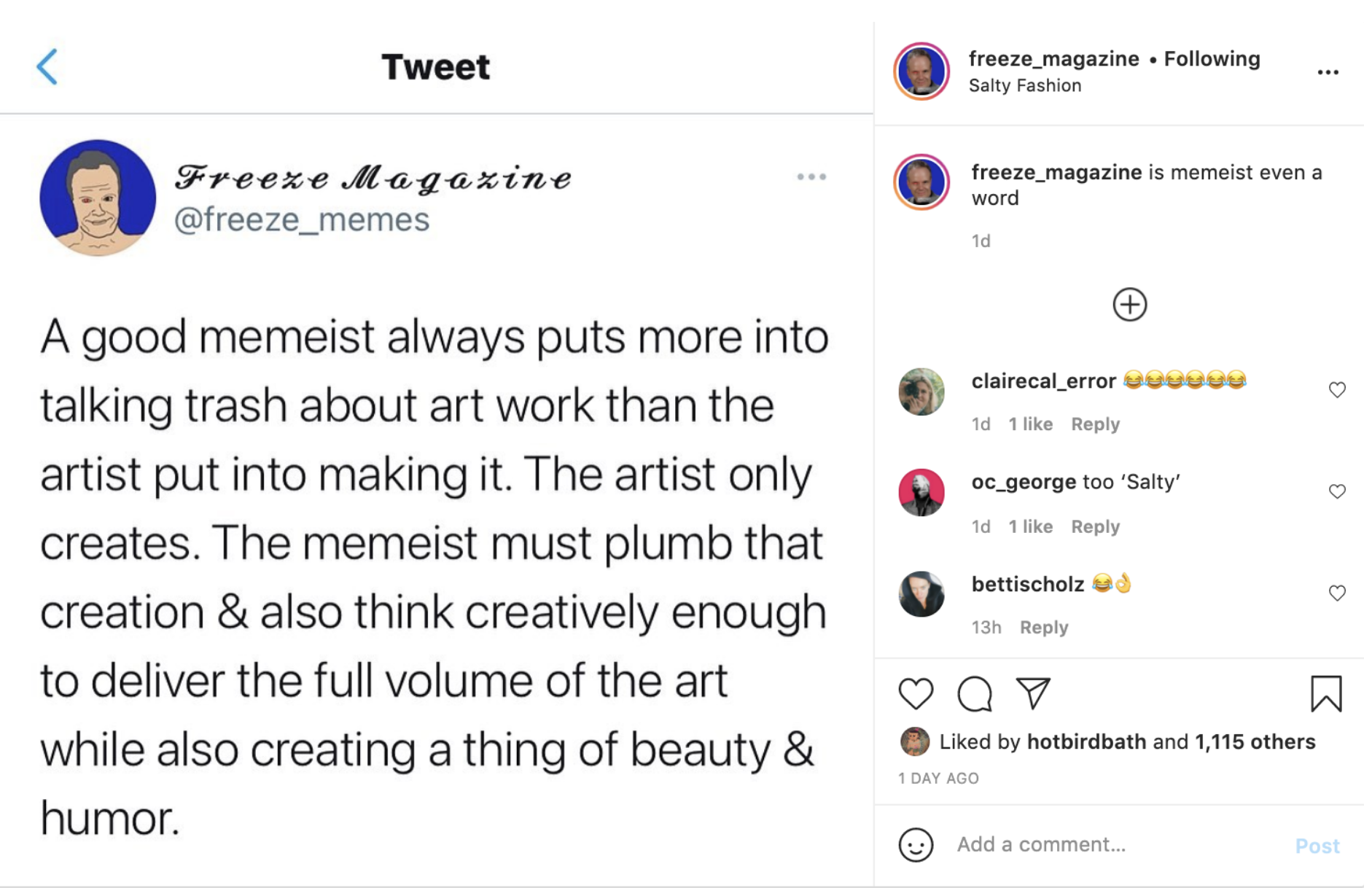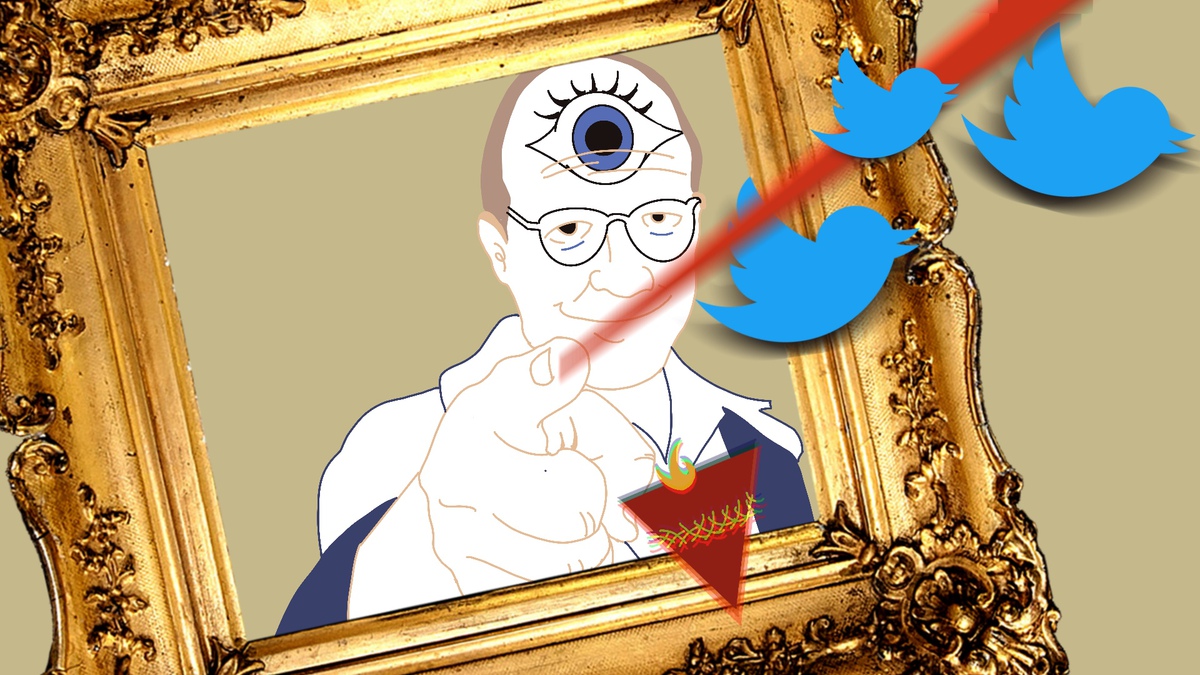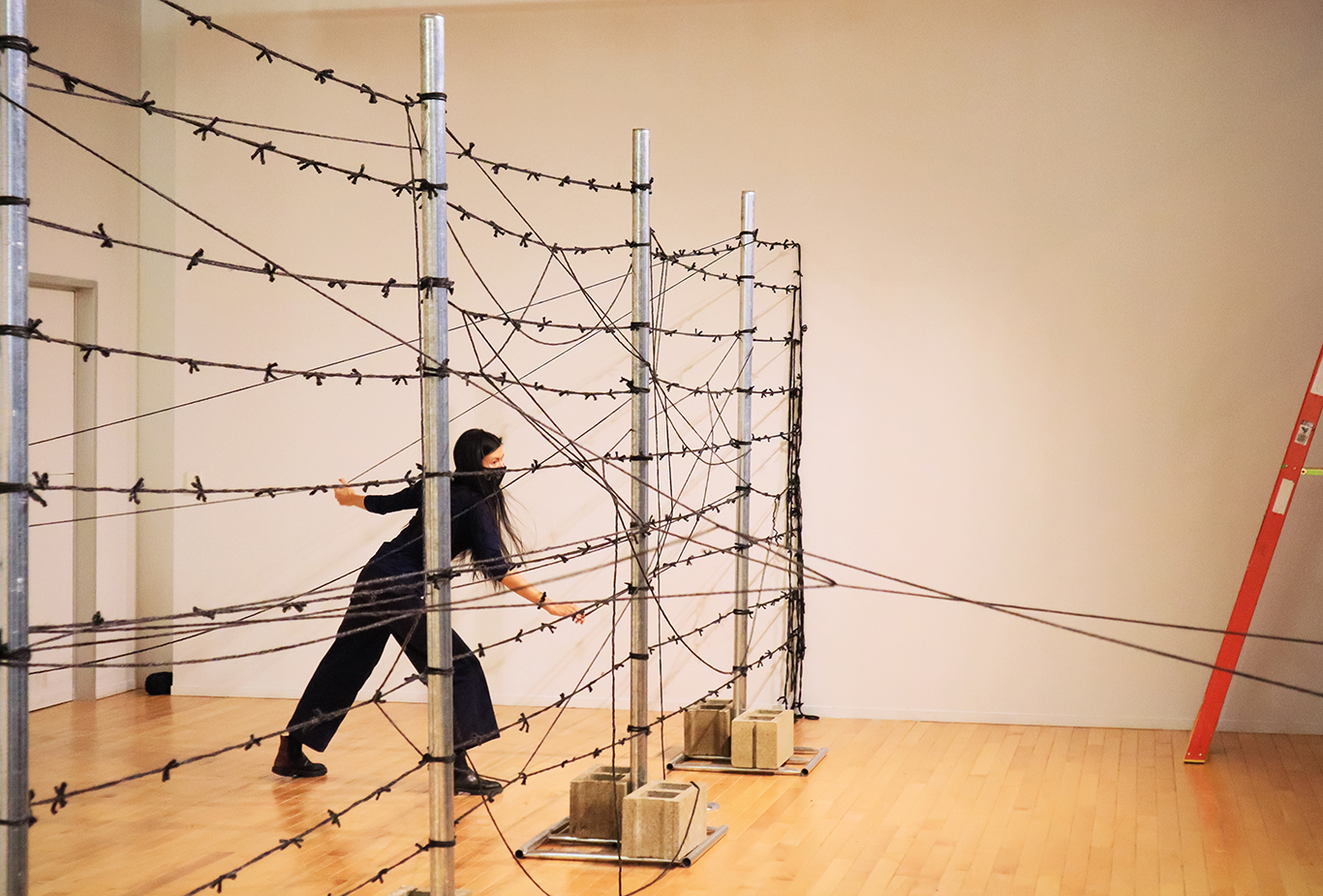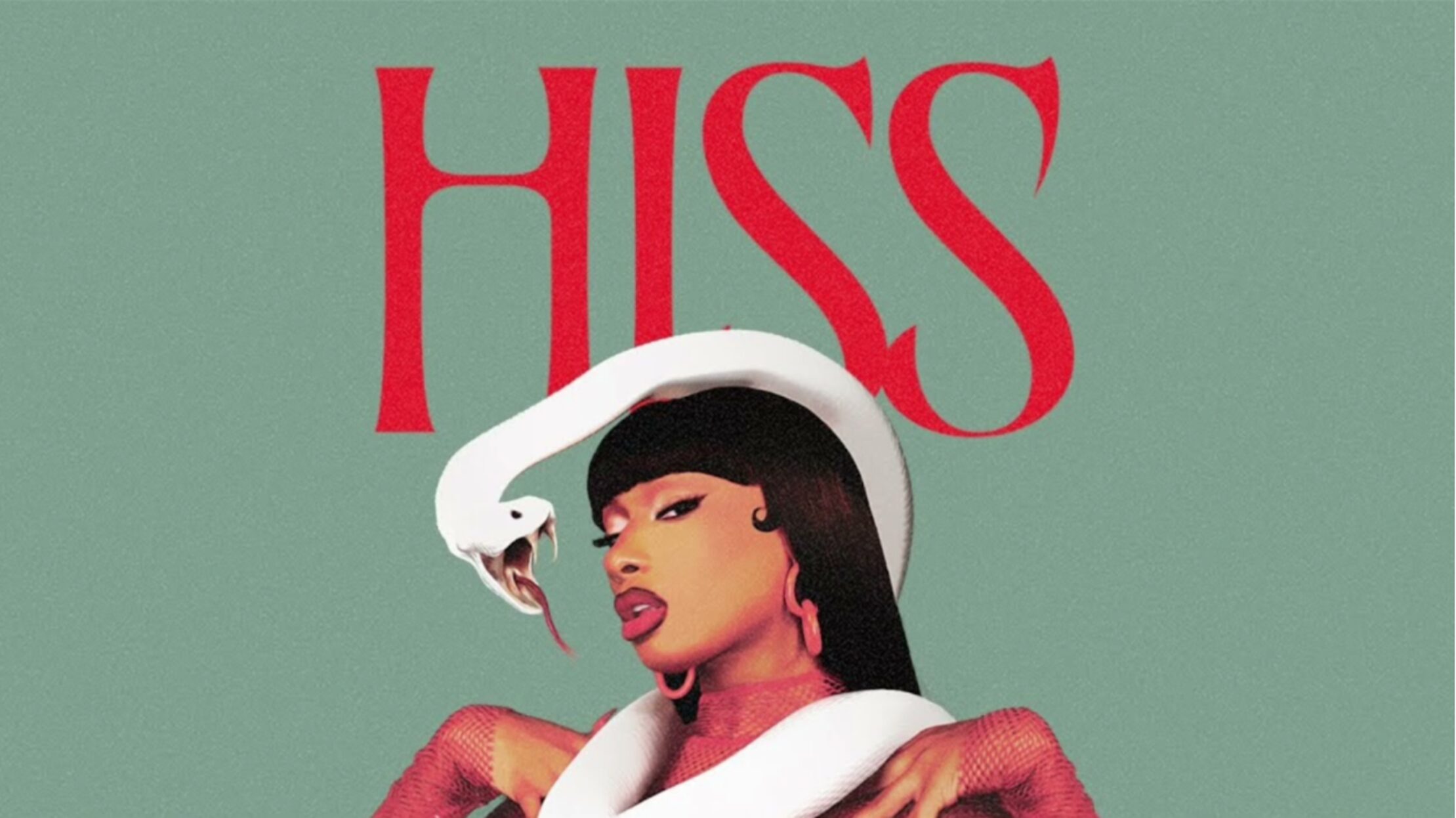I have a complicated relationship with the word ‘criticism.’ At times, it feels like an insult: bitter gossip presented as a loud whisper emboldened by the megaphone of the institution. Yet I fear a world without it, imagining a cesspool of mediocrity, blind compliance, and a loss of ethics.
Jerry Saltz upset the art community in a controversial tweet on January 25: “A good critic always puts more into writing about art work than the artist put into making it. The artist only creates. The critic must plumb that creation & also write creatively enough to deliver the full volume of the art while also creating a thing of beauty & clarity itself.” His statement was disturbing in its provocation of practicing artists (who he claims to love so much) and the digital aftermath, marked by ridicule, forced me to rethink the practice of criticism in our hyper-mediated world.
Is it wrong to find pleasure in the communal jeering of Jerry Saltz? Art criticism is a formidable profession, stereotyped as a place for failed artists, yet good critique asserts exposure and excellence. I have an intense admiration for practitioners of criticism, but I am indignant of those like Saltz who masturbate to their own self-importance.
The ethos of a good critic can’t be explained through a thoughtless tweet. In “Partial Aphasia,” Ruslana Lichtzier ruminates on the responsibilities of an ethical art critic, discussing the difficulty in paying proper recognition to a great piece of art. Keenly self-conscious, Lichtzier possesses a refreshing humility rather than unadulterated self-importance: “For one to write about art, one ought to spend some time thinking about it; ‘it’ being a specific object, an object that one must first encounter, physically: an object that demands a radical surrender to its experience.”
There is a truth in Saltz’s tweet: Writing about art is difficult and time-consuming. Words hold immense power and should be chosen carefully, but criticism should never be pejorative to the source material. There is magic in visual art: It speaks without the need for linguistic intervention. A good critic honors a great artwork and brings it into the collective consciousness.
As Senior Art Critic of New York Magazine, Saltz’s narcissism provokes condemnation because it is symbolic of the high-class institutionalized art market that many young art students have grown to loathe. Rather than unify and celebrate diverse experiences, the sovereign art world allows white and wealthy voices to dominate. It is the antithesis of a progressive Internet, which grants a microphone to anyone with a social media account.
Saltz received a level of mockery only possible via cyberspace: His tweet was turned into a meme. Poorly crafted words became screenshotted, reiterated, and shared thousands of times, an anomaly which reminded me of Hito Steyerl’s poor image: “… a rag or a rip … uploaded, downloaded, shared, reformatted, and reedited … transforms quality into accessibility, exhibition value into cult value … contemplation into distraction … and thrust into digital uncertainty.” Steyerl’s poor image relies on its circulation. Each time a meme is shared it loses a portion of its original quality, both literally and symbolically.
Each disparaging reiteration of Saltz’s tweets marks a transformation of value and works to discredit his authority. Saltz was unintentionally successful in several capacities, particularly through his ironic exposure of blatant gatekeeping in the institutionalized art world. Of course, it was not his prerogative that caused this, but the “paradoxical reversal” portrayed by Steyerl’s poor image which “constructs anonymous global networks just as it creates a shared history.” The importance of Saltz’s words became secondary to the throng of art lovers who united to parody his self-righteous attitude.
 A parody of Saltz’s tweet by Instagram account @freeze_magazine.
A parody of Saltz’s tweet by Instagram account @freeze_magazine.
Rosa Luxemburg, legendary German Marxist, advocated for “unsparing self-criticism” as a fundamental quality for the success of a socialist revolution in 1915: “not merely an essential for its existence but the working class’ supreme duty.” As I observe the unapologetic denunciation of Saltz by the public, I find her words inspiring. Perhaps social media can catalyze a move towards an art world that unites the public instead of serving the interests of an upper class.
A contemporary phenomenon familiar to every digital native, the meme is concise, cynical, humorous, and easily shared; it is a form of cultural response that represents mass opinion. Ephemeral and stagnant, posts on the Internet elicit an intense discourse that no interview, article, or journal could replicate. Digital space emboldens a collective consciousness that works at an exhausting speed.
The penetrable bite of the Internet never ceases to amaze me. Criticism continues to pour in as Saltz unsuccessfully attempted to rectify his words. It’s ironic to see someone so presumptuous in their own eloquence flail in a space they should find fluency. Saltz insists he was not trying to be provocative, but both criticism and the Internet are reactionary systems. What critic writes without the subliminal desire to incite a response? Who posts on the Internet without anticipating the ding of a notification to sustain their ego?
Criticism via cyberspace encourages conversation. Revelatory of human vulnerability, it places authority back into the hands of the people and allows us to be mercilessly critical of our own social systems. On the Internet, everyone is held accountable and elite titles are easily denunciated through the power of collective thought. No one, not even the famed art critic, is safe.






















